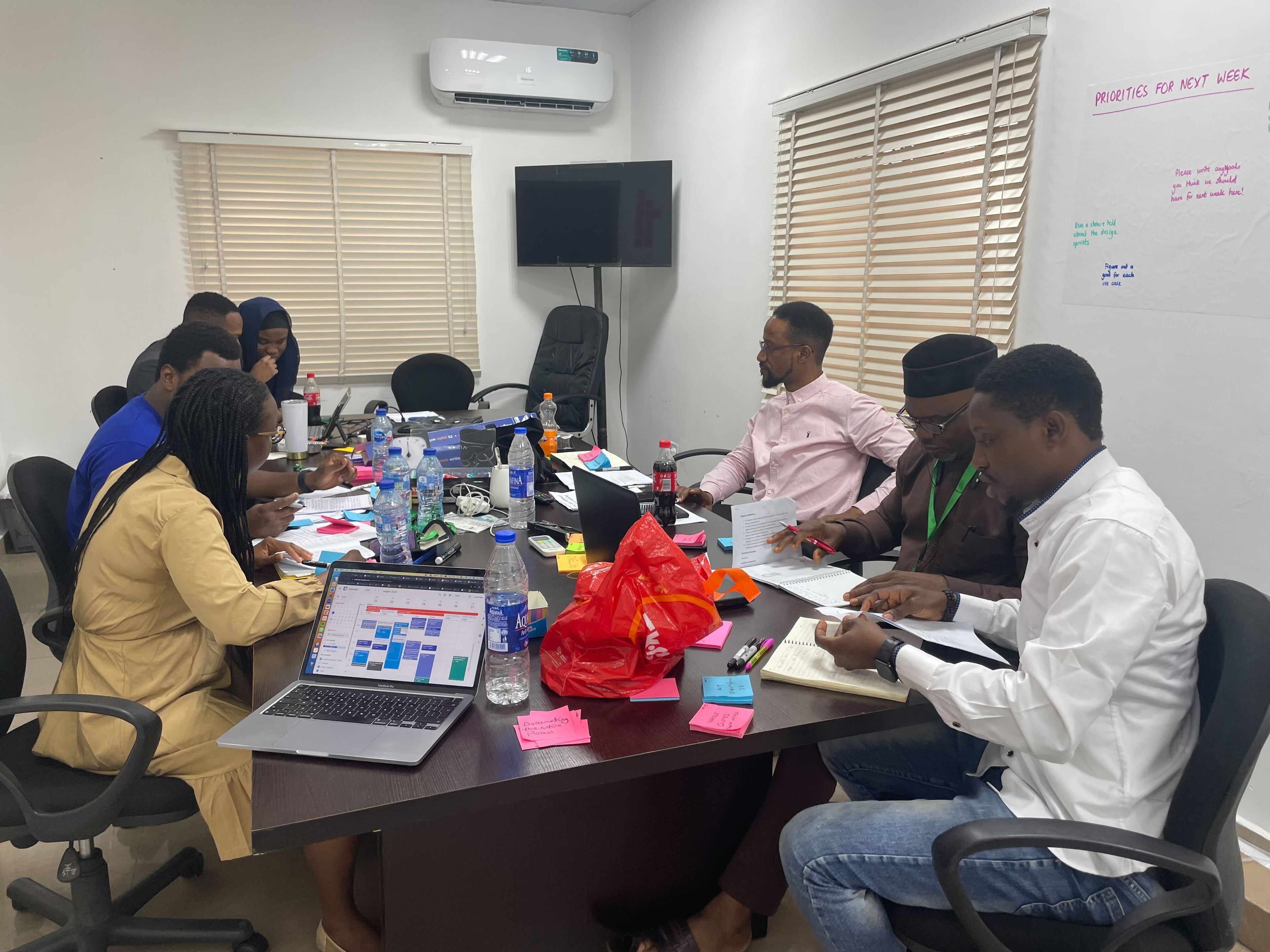
Designing for illiteracy in digital public services
The content on GOV.UK’s website is written for people with a reading age of 9.
The decision to do this was based on user research and on adopting a user-centred approach to content creation. We often see this type of intentionality in the product design and development approach of most successful private tech companies. This approach is fundamental for public services because there is no luxury of designing for a specific ‘target market’. Instead, the digital services provided for the public must serve everyone.
It is encouraging to see that in my native Nigeria, and across other African countries, digital is being recognised as offering strong potential for governments to provide improved services to their citizens, from passport applications to the payment of municipal taxes. On a recent visit to an ATM in Abuja, for instance, I was given the option to choose English, Yoruba, Igbo or Hausa, and even Pidgin, as the interaction language.
While examples like this show significant progress, the design of these digital services is nonetheless based on an assumed level of literacy in the user.
User-centred design
Despite having the privilege of being highly educated, I found it incredibly difficult the last time I tried to complete the online Nigerian passport application form. For instance, as someone who lives in the UK, I’m always thrown by the fact that the question about my place of residence only accepts a Nigerian address. If highly educated users are struggling to use public services like this, it is safe to assume the vast majority of the population will struggle too.
It raises the question as to whether any data is collected in Nigeria about the extra operational costs to the government as a result of poorly designed digital services. With examples like the Universities Matriculation Examination, the cost of poorly designed forms is unfortunately borne by the user, who is made to pay to change any data that is incorrectly inputted as a result of confusion with the application form.
In addition to a call for a user centred approach to service design as a whole, these examples draw attention to the greater challenge of designing for citizens who are unable to read or write at all.
Designing for illiteracy
According to the National Bureau of Statistics, about 40% of Nigerians are illiterate. However, there is little evidence to show that the authorities in Nigeria take this statistic into consideration when building or commissioning digital services for its citizens.
There is a growing body of research into designing for illiteracy in public service delivery, including this fascinating MSc dissertation by Fredrik Östlund, who was studying how government services can be accessed by immigrants that can’t read or write in Swedish (Designing a Digital Service for Users with Low Understanding of a Language).
Östlund’s work stands out because it dares to think beyond typical fixes like the provision of voice prompts, which has become the stock answer whenever the question is raised about how to make digital services accessible to this category of user.
While voice prompts are a viable option in many contexts, they risk being undermined by the fact that a user who struggles with literacy is likely to be in the same bracket as the poor and underprivileged, which means they are unlikely to have access to affordable internet data plans. As a consequence, the extra cost of downloading voice prompts will demand that the poorest users pay more to access government services.
Intentionality in design
Through the work that Public Digital is doing in Edo State, Nigeria, with its nascent Digital Governance and Data Agency, we are exploring the kinds of user experiences that can be created when there is intentionality about designing for illiterate populations.

Among other ideas, we intend to explore the possibilities of adopting intermediaries who are authorised to complete a form or transact with the government on behalf of citizens who cannot read or write. We’re asking about the challenges inherent in this approach, as well as the opportunities it might bring.
By asking these questions, we are exploring how ingenuity in design, coupled with the adoption of digital, can help to bridge the gap for citizens most at risk of exclusion, without compromising the user experience for others.
Written by

Abisọla Fatokun
Senior Director
